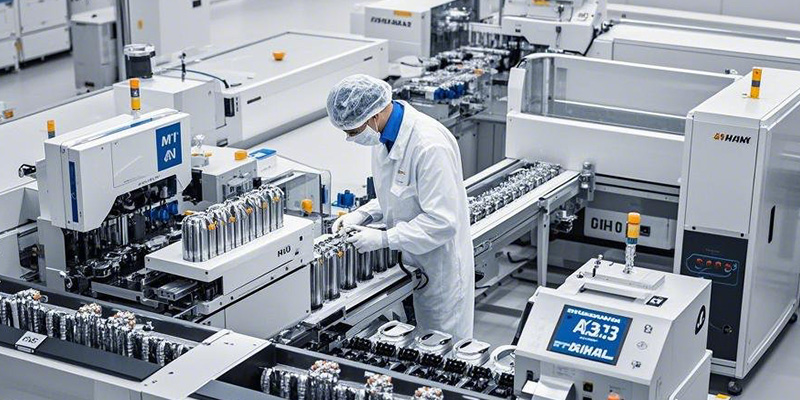Hybrid battery design: Lithium-hydrogen system offers high energy density
A research team from the University of Science and Technology of China has introduced a new chemical battery system which utilizes hydrogen gas as the anode. Their study is published in the Angewandte Chemie International Edition.
Hydrogen (H2) has gained attention as a stable and cost-effective renewable energy carrier due to its favorable electrochemical properties. However, traditional hydrogen-based batteries primarily utilize H2 as a cathode, which restricts their voltage range to 0.8–1.4 V and limits their overall energy storage capacity.
To overcome the limitation, the research team proposed a novel approach: utilizing H2 as the anode to significantly enhance energy density and working voltage. When paired with lithium metal as the anode, the battery exhibited exceptional electrochemical performance.
The researchers designed a prototype Li-H battery system, incorporating a lithium metal anode, a platinum-coated gas diffusion layer serving as the hydrogen cathode, and a solid electrolyte (Li1.3Al0.3Ti1.7(PO4)3, or LATP). This configuration allows efficient lithium ion transport while minimizing undesired chemical interactions.
Through testing, the Li-H battery demonstrated a theoretical energy density of 2825 Wh/kg, maintaining a steady voltage of around 3V. Additionally, it achieved a remarkable round-trip efficiency (RTE) of 99.7%, indicating minimal energy loss during charging and discharging cycles, while maintaining long-term stability.

To further improve cost-efficiency, safety and manufacturing simplicity, the team developed an anode-free Li-H battery that eliminates the need for pre-installed lithium metal. Instead, the battery deposits lithium from lithium salts (LiH2PO4 and LiOH) in the electrolyte during charging.
The version retains the advantages of the standard Li-H battery while introducing additional benefits. It enables efficient lithium plating and stripping with a Coulombic efficiency (CE) of 98.5%. Moreover, it operates stably even at low hydrogen concentrations, reducing reliance on high-pressure H₂ storage. Computational modeling, such as Density Functional Theory (DFT) simulations, were performed to understand how lithium and hydrogen ions move within the battery’s electrolyte.
This breakthrough in Li-H battery technology presents new opportunities for advanced energy storage solutions, with potential applications spanning renewable energy grids, electric vehicles, and even aerospace technology. Compared to conventional nickel-hydrogen batteries, the Li-H system delivers enhanced energy density and efficiency, making it a strong candidate for next-generation power storage. The anode-free version lays the foundation for more cost-effective and scalable hydrogen-based batteries.
More information: Zaichun Liu et al, Rechargeable Lithium‐Hydrogen Gas Batteries, Angewandte Chemie (2024). DOI: 10.1002/ange.202419663
Journal information: Angewandte Chemie International Edition , Angewandte Chemie

